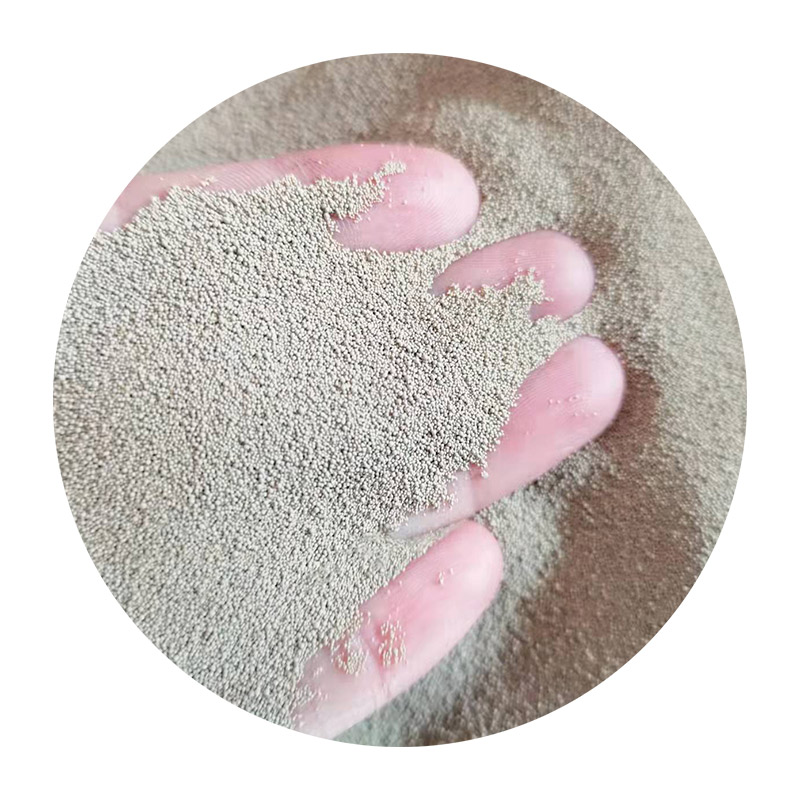The History of Sand Casting
Sand casting, one of the oldest manufacturing processes known to humanity, boasts a rich history that dates back thousands of years. This method of casting metal has evolved significantly, becoming a cornerstone of the metalworking industry.
The origins of sand casting can be traced back to ancient civilizations. Archaeological evidence indicates that the Egyptians used sand mold casting techniques around 3,000 BC to create intricate bronze tools and jewelry. Similarly, the Chinese and the Greeks utilized sand casting methods. The Greeks were particularly innovative, creating molds that allowed for more detailed designs, which facilitated the production of beautiful sculptures and functional items.
The History of Sand Casting
The Industrial Revolution in the 18th and 19th centuries marked a significant turning point for sand casting. As industrialization took hold, the demand for metal components skyrocketed. Sand casting allowed for the mass production of various items, from machine parts to architectural elements, without the high costs associated with other manufacturing methods. Innovations in sand casting processes, including the introduction of better bonding agents and the use of green sand, improved the quality and strength of castings.
history of sand casting

In the 20th century, sand casting evolved further with the introduction of new technologies. The advent of computer numerical control (CNC) machines and computer-aided design (CAD) revolutionized the way molds were made. Automation began to play a larger role, increasing efficiency and consistency in production. Additionally, the use of synthetic sands replaced traditional natural sands, enhancing mold strength and reducing defects in castings.
Today, sand casting remains a vital manufacturing process, utilized in various industries, including automotive, aerospace, and art. Its versatility allows for the casting of both large and small components, making it suitable for a wide range of applications. Modern sand casting techniques can produce highly complex shapes with significant detail, further expanding its utility.
The future of sand casting is likely to incorporate even more advanced technologies such as 3D printing, which could revolutionize mold production. As the industry continues to innovate, sand casting will undoubtedly remain a fundamental part of metalworking, bridging the gap between ancient practices and modern manufacturing needs.
In conclusion, the history of sand casting is a testament to human ingenuity, reflecting a journey from its rudimentary beginnings to a highly sophisticated manufacturing process that is essential in today’s economy. Its adaptability and efficiency ensure that it will be a crucial element in the future of production technologies.
Post time:آگوست . 31, 2024 14:47
Next:what is a sand casting
